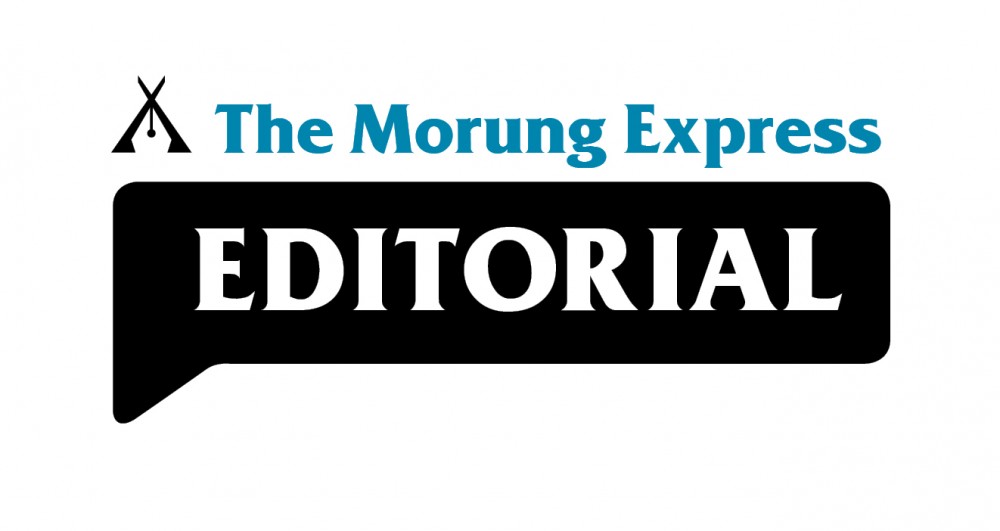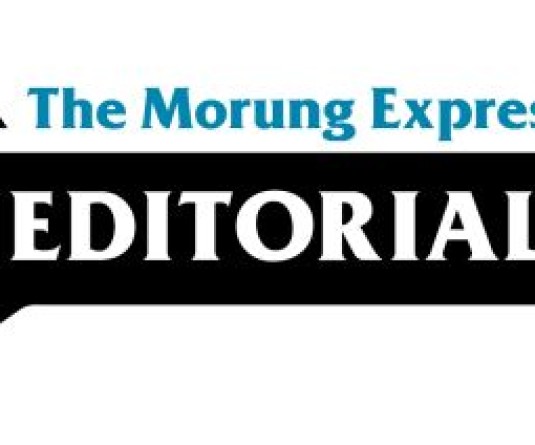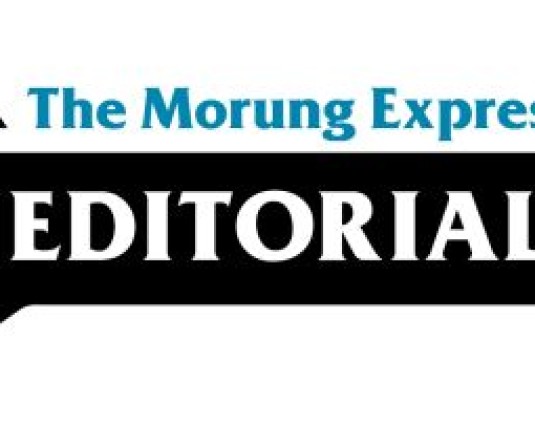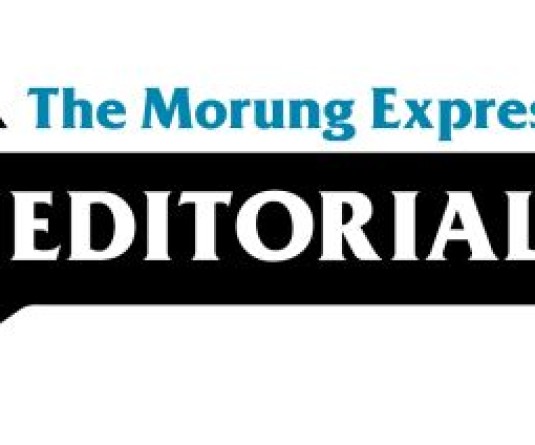
Dr Asangba Tzüdir
With a view to ease traffic congestion and provide public travel convenience, city buses have resumed in Dimapur and pink buses especially for women to have a ‘safe and secured’ journey have been recently launched for Dimapur and Kohima.
The objective to help ease traffic congestion in Dimapur is a point of contention and a poll survey was done by this paper and the result suggested that only 28% of the respondents are in agreement that it will ease traffic congestion; while 62% of the respondents disagreed, and 10% had ‘others’ to say. One opined that the resumption of the city bus will “help ease traffic congestion,” while another said that it “can reduce the number of auto rickshaw plying on the road.” An interesting aspect shared was that, “it will discourage one man, one vehicle.” A suggestion was also offered to “make autos to ply only in adjoining highway from village and colony approach roads” adding that “it is not safe for passenger moving on the highway.” While auto rickshaws have been providing transportation as an alternative to city buses, it has also become a ‘menace’ in creating traffic congestion especially when ‘they’ create their ‘own road’ along the way beside the main line and occupy every possible space on the road.
Further on, those who had to say NO opined that, “the main problem of traffic congestion cannot be reduced just by adding a few more buses. Good roads along with strict enforcement of traffic rules will be more effective in the long run.” Another opined that, “private vehicle owners will not use buses or autos, some of the auto passengers will use the buses, however the number of auto will not decrease, having buses is a good move but adds to the problem.” Having buses is a good move but if the service does not win the ‘trust’ and confidence of the public, then it may suffer negative repercussions.
The ‘others’ also made some pertinent points citing that the buses should not halt in non bus stop places. Ringing to the tune of auto rickshaws as a ‘menace’ to traffic congestion, it was opined that autos should not be allowed to ply in National Highways. Another remarked that traffic congestion will be reduced only if the number of auto rickshaw decreases by 70% and the government providing 30-35 buses.
On the whole, auto rickshaws are seen as the culprit for creating traffic congestion besides having serious safety issues and health concerns and where it is seen that the city bus is more secured in terms of safety as well as health concerns. Having said that, the paramount question is whether the City buses will be able to provide a better alternative to auto rickshaws. For effective delivery of the city bus service, it needs to win the trust of the public in such a way that the public can avail the service. For this, timing and frequency of the bus is very important so that those who want to avail the bus service do not have to wait not knowing exactly how long he or she has to wait. One would rather take an auto at a higher rate than to wait. This is where a proper regulatory mechanism needs to be in place. After all, the government needs to generate revenue; more so, it cannot afford to let the buses run without passengers.
As noble as it sounds, it should also be effective in all sense of the term to ensure quality service delivery and also for the public to avail the service. Also in context, as for the pink bus in Nagaland, the concept of ‘pink bus’ finds related with central welfare schemes for women and not necessarily from insecurity of women sitting in common public buses.
(Dr. Asangba Tzudir is a Freelance Research and Editing Consultant. He contributes a weekly guest editorial to The Morung Express. Comments can be mailed to asangtz@gmail.com)





